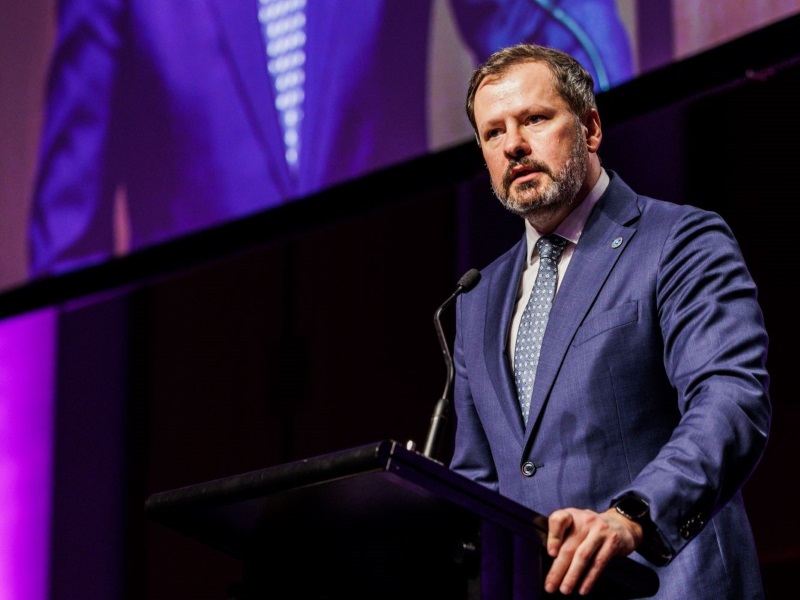Scientists and technologists will again push the Albanese government to make a multi-billion-dollar investment in research and development in this year’s budget after little progress towards an election commitment to return to globally competitive funding levels.
Australia’s expenditure on R&D has plummeted over the last decade to 1.68 per cent of GDP, well below comparable economies and the OECD average of 2.72 per cent.
The government’s share is hovering around record lows, despite the Albanese government committing to lifting the overall mark to 3 per cent and the growing research and public sentiment backing the economic impact of R&D.
On Thursday it was reported that Industry and Science minister Ed Husic is being shut out of cabinet decision-making on new investment.

Science and Technology Australia, representing 224,000 science, technology, engineering and mathematics professionals, says it is time for the Albanese government to “deliver its promise” to boost Australia’s R&D investment.
STA President Professor Sharath Sriram is warning the increase is needed amid amid a global climate crisis and race for clean energy, the cost of living rising domestically, and increasingly complex geopolitics and national security.
“These complex challenges can only be solved if we have world-leading research breakthroughs that guide our nation’s policy choices and diversify our economy,” Professor Sriram said.
“Deep investment in R&D will lead to the innovation we need and boost national productivity. It will give us the economic answers we need now and create the society we want for the future.”
In a pre-budget submission, the group calls for a “bold escalation” of investment that would include boosts to research grant programs, lifting university block funding to support projects, more research infrastructure and workers for it, a new science entrepreneurship program and a mammoth $20 billion Science Future Fund.
The new fund would be modelled on the Medical Research Future Fund, a $20 billion holding of Treasury savings that awards medical research grants from the investment income it generates. The medical fund awards grants at an annual rate of $650 million.
STA proposed the fund last year, claiming it would add $2.3 billion to the economy annually, after failing to gain political support for similar but much smaller research translation fund.
The group said the Science and Technology Future Fund would back research that aligns with upcoming national science and research priorities.
Other science and research groups have also repeated calls for the Albanese government to make bolder strategic investment in R&D, with similar warnings about falling behind global competitors and alarming cuts to some programs.
On Thursday, The Sydney Morning Herald reported Industry and Science minister Ed Husic was among the Cabinet ministers on the outside of government spending decisions.
Mr Husic is also concerned about unelected bureaucrats – Finance secretary Jenny Wilkinson and Treasury secretary Steven Kennedy – holding back spending on new policy initiatives, according to the newspaper’s report.
Do you know more? Contact James Riley via Email.

